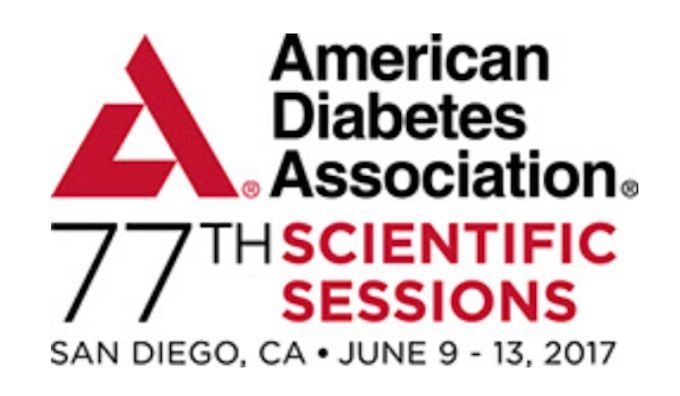Article
LixiLan-L Phase 3 Study Results Presented at ADA 77th Scientific Sessions
Author(s):
Insulin glargine 100 Units/mL and lixisenatide 33 mcg/mL combined lowered A1C levels by 1.09% to 2.41% after 30 weeks.

A new analysis has shown that insulin glargine 100 Units/mL and lixisenatide 33 mcg/mL in combination lowered hemoglobin A1C levels by 1.09% to 2.41% after 30 weeks of treatment in a population of adult patients with type 2 diabetes (T2D) who had been previously treated with 15 to 40 units of basal insulin daily.
The research was presented yesterday in a poster session at the American Diabetes Association (ADA)’s 77th Scientific Sessions, which are being held in San Diego June 8 to 13.
Among the post-hoc analysis of data from the LixiLan-L Phase 3 study were that all subgroups treated with the insulin glargine/lixisenatide combination (Soliqua/Sanofi) achieved a mean A1C below 7% after the 30-week treatment period. The trial grouped the participants by A1C level at screening.
“Lowering elevated HbA1c is an important treatment goal in people with diabetes,” Riccardo Perfetti, vice president, head of Global Medical Affairs Diabetes for Sanofi, said in a news release distributed after the presentation. “This analysis demonstrated the substantial blood sugar lowering effect that can be achieved with Soliqua 100/33, and also its potential to help adults reach HbA1c levels below 7%, which is recommended as a treatment goal by bodies such as the American Diabetes Association for many adults with diabetes.”
The ADA, in a supplement to its January 2017 issue of Diabetes Care, published recommendations that “A reasonable A1C goal for many nonpregnant adults is <7% (53 mmol/mol).”
The LixiLan-L trial compared the effectiveness of the combination of insulin glargine 100 Units/mL and lixisenatide 33 mcg/mL with insulin glargine 100 Units/mL alone in 736 adult patients with T2D that was not adequately controlled at screening. These patients were on a regimen of 15 to 40 units of basal insulin daily, alone or combined with 1 or 2 oral antidiabetic agents.
The primary outcome of the LixiLan-Lstudy, a statistically significant reduction in A1C compared with insulin glargine 100 Units/mL, was previously reported by Sanofi in September 2015.
Lixisenatide is a glucagon-like peptide-1 (GLP-1) receptor agonist. These drugs work in the same pathway as dipeptidyl peptidase 4 (DPP-4) inhibitors, a class of oral hypoglycemic drugs, but because GLP-1 receptor agonists are peptide-based therapies, they, like insulin, require subcutaneous injection to avoid being degraded by the enzymes in the gastrointestinal tract.1 One of the advantages of GLP-1 receptor agonists is that they, like the DPP-4 inhibitors, also have a lower risk of causing hypoglycemia but are more potent than the DPP-4 inhibitors.
For this study, patients were split in 3 categories based on A1C at screening: ≤8%, >8% to ≤9%, and >9%, and data were evaluated for the 660 patients who completed the 30-week study period. The Least Squares mean reduction in A1C for the insulin glargine 100 Units/mL and lixisenatide 33 mcg/mL treatment group were 1.09%, 1.44%, and 2.41%, respectively, after 30 weeks. The mean A1C observed for each subgroup was <7% with insulin glargine 100 Units/mL and lixisenatide 33 mcg/mL alone (7.22%, 7.42%, and 7.66%, respectively), and reductions in A1C were also greater in this group across all defined categories versus insulin glargine 100 Units/mL alone (P <.0001 for all comparisons).
Reference
1. Brunton S. GLP-1 receptor agonists vs. DPP-4 inhibitors for type 2 diabetes: is one approach more successful or preferable than the other? Int J Clin Pract. 2014;68(5):557-567.




